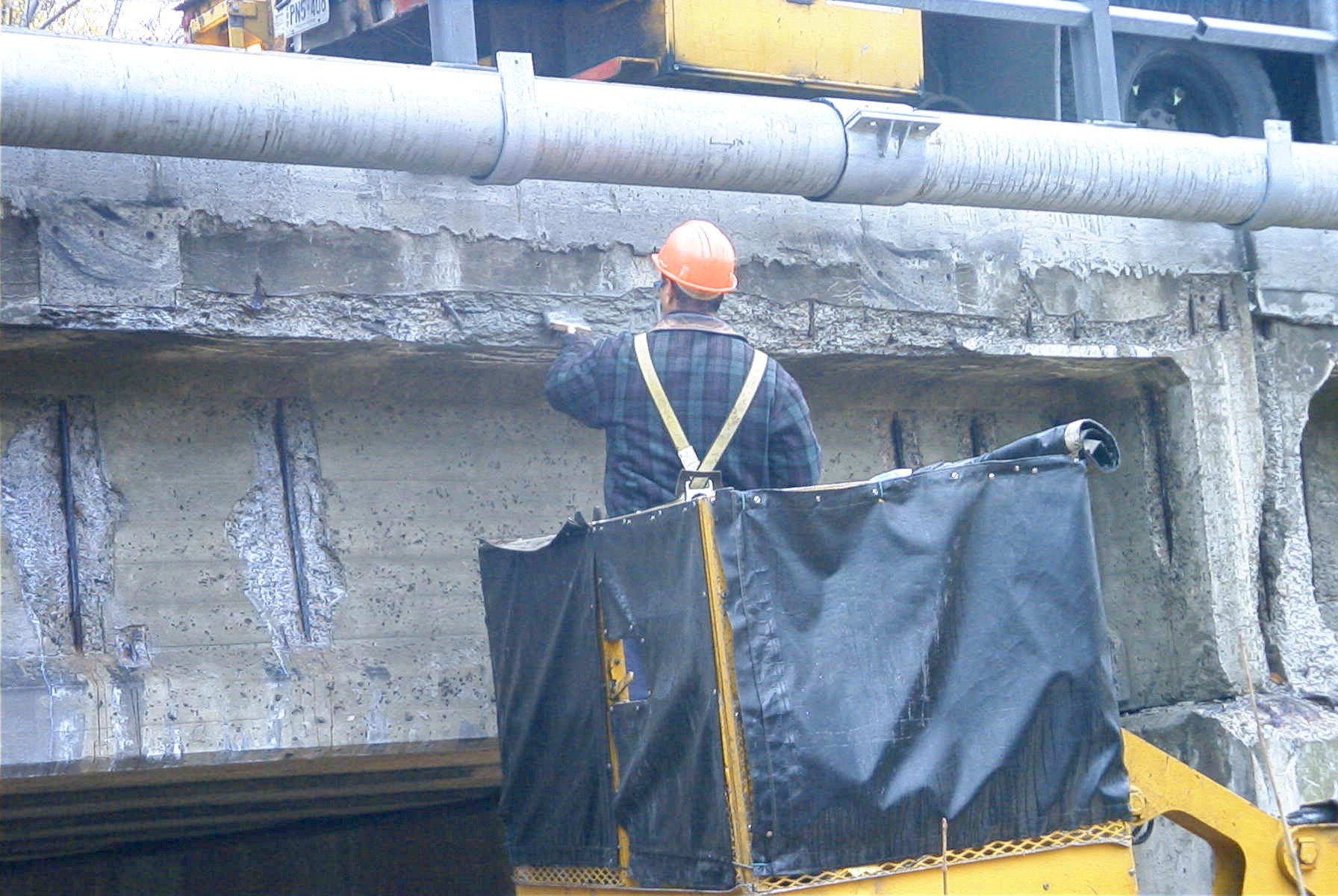Bridges
✩
Bridges ✩
Application Note
Bridge Preservation & Corrosion Protection | Extend Service Life & Prevent Deterioration

The Problem: Corrosion & Structural Deterioration in Bridges
Bridges are constantly exposed to water, deicing salts, freeze-thaw cycles, and chloride intrusion, all of which accelerate rebar corrosion, concrete deterioration, and structural weakening. If left untreated, these factors lead to costly repairs, safety concerns, and reduced service life.
The Solution: Surtreat’s Three-Step Bridge Protection System
Surtreat provides a proven, multi-step system to extend the service life of bridges by stopping corrosion, strengthening concrete, and preventing moisture ingress:
- TPS XII: Vapor-phase corrosion inhibitor (VCI) that migrates through concrete to protect embedded steel.
- TPS II: Concrete densifier that strengthens the matrix and reduces porosity to prevent deterioration.
- Repel WB: Silane/siloxane water repellent that forms a hydrophobic barrier against moisture and chloride penetration.
Application Process: How to Protect Bridge Structures
Step 1: Surface Cleaning
- Ensure the concrete surface is clean and free of contaminants before treatment.
- Use pressure washing or abrasive cleaning to remove debris and prepare the substrate.
Step 2: Apply TPS XII
- Apply TPS XII to halt existing corrosion and form a passivating layer on the steel.
- Migrates through the concrete, protecting rebar even in high-chloride environments.
Step 3: Apply TPS II
- Apply TPS II to increase concrete strength, reduce porosity, and improve durability.
- Enhances bond integrity for additional reinforcement, including FRP systems.
Step 4: Apply Repel WB
- Final application of Repel WB creates a water-repellent surface barrier.
- Blocks chloride ingress and minimizes freeze-thaw damage.
Results: Why Surtreat’s Bridge Preservation System Works
✅ Extended Bridge Service Life – Protects steel reinforcement and concrete, reducing deterioration.
✅ Stronger Concrete & Reduced Porosity – TPS II improves density, preventing structural damage.
✅ Long-Term Corrosion Inhibition – TPS XII stops chloride-induced rebar corrosion.
✅ Moisture Protection & Freeze-Thaw Resistance – Repel WB blocks water infiltration.
✅ Cost-Effective Maintenance – Minimizes the need for future repairs and structural rehabilitation.
Looking for something else?
Check out our Applications Page for more solutions.
Need expert guidance? Contact Surtreat today to discuss your project needs.
